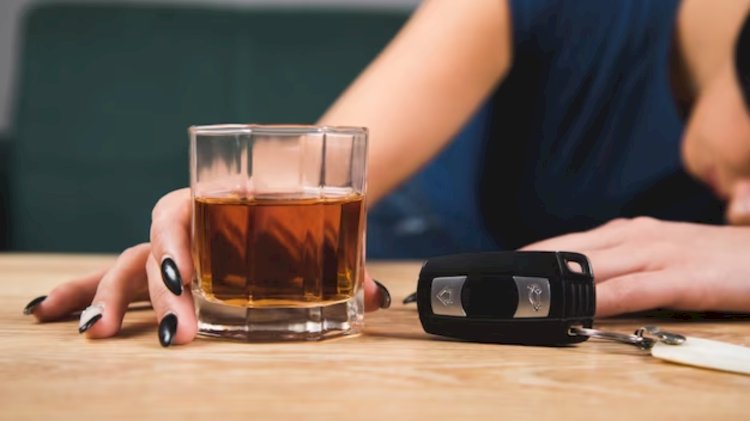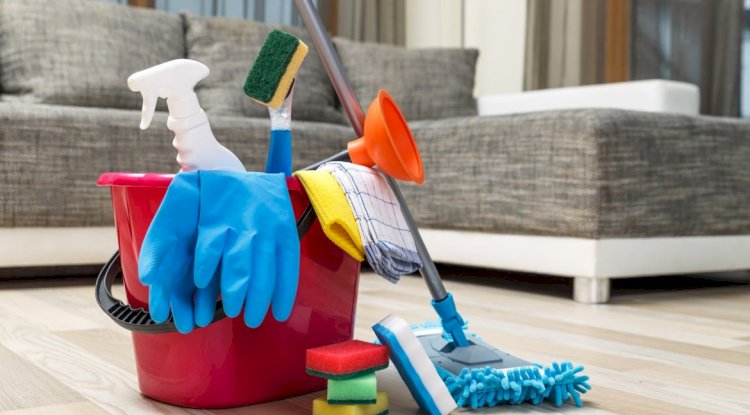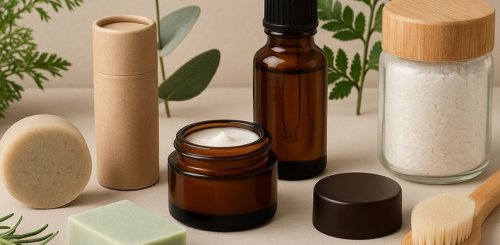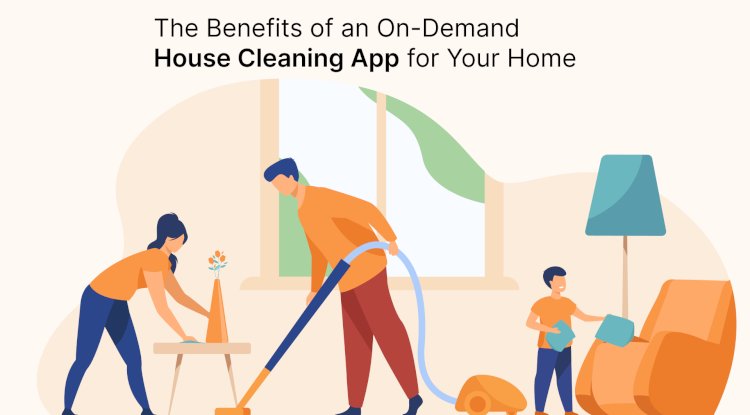Orthopedic Myths vs Facts: What You Really Need to Know About Bone and Joint Health

Have you ever heard someone say, “Cracking your knuckles causes arthritis” or “Only old people have joint problems”?
These are common things people believe — but guess what? They’re not true!
When it comes to bone and joint health, many myths have been passed down for generations. Believing them can actually stop you from taking proper care of your body. So, let’s bust some of the biggest bone health myths and uncover the real orthopedic facts you need to stay strong and pain-free.
Myth #1: Cracking Your Knuckles Causes Arthritis
Fact:
Cracking your knuckles might annoy people around you, but it doesn’t cause arthritis!
That popping sound happens because gas bubbles in your joint fluid burst when you stretch your fingers. Scientists have studied this for years, and there’s no link between knuckle cracking and arthritis.
However, doing it too often can cause mild swelling or reduced grip strength over time — so it’s fine to crack occasionally, but not constantly.
Myth #2: Only Old People Have Joint Pain
Fact:
Age isn’t the only reason people get joint pain.
Young people can have joint pain, too — especially athletes or those who spend a lot of time on screens. Poor posture, injuries, obesity, or even vitamin D deficiency can lead to sore knees, backs, and shoulders at any age.
Joint pain is your body’s way of saying, “Something’s not right.” So, it’s important to pay attention early instead of waiting for it to get worse.
Myth #3: Exercise Damages Your Joints
Fact:
This is one of the biggest joint pain misconceptions out there!
Exercise doesn’t damage your joints — in fact, it helps protect them. Regular movement keeps your joints flexible and strengthens the muscles that support them. The key is to do the right kind of exercise.
Low-impact workouts like swimming, cycling, and yoga are excellent for bone and joint health. Just remember to warm up before you start and cool down after you finish.
Myth #4: Drinking Milk Is Enough for Strong Bones
Fact:
Milk is great because it has calcium, but your bones need more than that.
Vitamin D helps your body absorb calcium, and other nutrients like magnesium, zinc, and vitamin K also play important roles in bone health.
You can get these from foods like eggs, nuts, leafy greens, and fish. Plus, spending 10–15 minutes in the sunlight daily helps your body make vitamin D naturally.
So yes, milk helps — but it’s only part of the puzzle!
Myth #5: If There’s No Pain, There’s No Problem
Fact:
Many bone and joint problems start silently.
Conditions like osteoporosis and early arthritis might not hurt at first. But over time, your bones can become weak, and small injuries can turn into serious problems.
That’s why regular checkups and bone health screenings are important, especially if you have a family history of bone disorders or live a sedentary lifestyle.
Myth #6: Joint Pain Always Means Arthritis
Fact:
Not all joint pain is arthritis.
There are many reasons for aching joints — such as sprains, muscle strain, tendonitis, or even dehydration. Arthritis is just one possible cause.
A doctor can run simple tests to find out the exact reason for your pain. Treating it early can prevent long-term damage and help you move freely again.
Myth #7: Once You Have Bone or Joint Problems, You Can’t Get Better
Fact:
With the right treatment and care, recovery is absolutely possible!
Modern orthopedic care offers advanced solutions — from physical therapy to minimally invasive surgeries — that help people heal and regain mobility.
Simple lifestyle changes, like staying active, maintaining a healthy weight, and eating nutritious foods, can make a big difference. Your bones and joints are living tissues — they can repair and strengthen when given proper support.
Tips to Keep Your Bones and Joints Healthy
Now that we’ve cleared up the biggest bone health myths, here are some easy ways to keep your bones and joints happy:
-
Stay Active: Move your body daily — walk, dance, stretch, or do yoga.
-
Eat Smart: Include calcium, vitamin D, and protein-rich foods in your meals.
-
Watch Your Posture: Sit and stand straight; avoid slouching.
-
Avoid Smoking & Excessive Alcohol: These can weaken your bones.
-
Stay Hydrated: Joints need water to stay lubricated.
-
Get Enough Sleep: Your body repairs itself while you rest.
-
Regular Checkups: Don’t wait for pain — prevention is the best medicine!
When Should You See a Doctor?
See a specialist if you notice any of these:
-
Pain that doesn’t go away with rest or home care
-
Swelling or stiffness that lasts for weeks
-
Clicking or locking in your joints
-
Trouble walking, bending, or lifting
Early diagnosis helps you recover faster and prevents serious complications.
If you’re looking for professional guidance, visiting an experienced Orthopedic Doctor In Siliguri can help you understand your condition and get personalized treatment for your bone and joint health.
Final Thoughts
Believing in joint pain misconceptions can keep you from getting the right care. The truth is — your bones and joints are strong, but they need attention and smart choices to stay that way.
Don’t let myths guide your health decisions. Learn the facts, stay active, eat well, and listen to your body. Small changes today can lead to stronger bones, flexible joints, and a healthier future!
Share
What's Your Reaction?
 Like
0
Like
0
 Dislike
0
Dislike
0
 Love
0
Love
0
 Funny
0
Funny
0
 Angry
0
Angry
0
 Sad
0
Sad
0
 Wow
0
Wow
0
















123B là thương hiệu cá cược trực tuyến đang khẳng định vị thế trên thị trường giải trí online tại Việt Nam và châu Á. Với định hướng minh bạch, xanh chín, nhà cái đã thu hút hàng triệu thành viên tham gia chỉ sau vài năm hoạt động. Đặc biệt, Địa chỉ: Số 123, Đường Cách Mạng Tháng 8, P.10, Q.3, Thành Phố Hồ Chí Minh, Việt Nam Zipcode: 700000 Phone: 0974 561 230 Website: https://123b45.me/ Email: trangchu.123b45@gmail.com #123b #nhcai123b #linkvao123b #123b45me